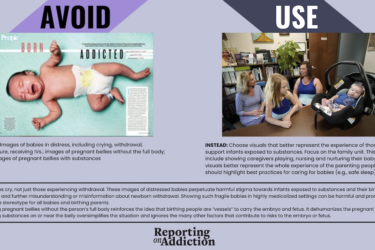
Perhaps 2016 will be the year of the gap – tackling the issue of the working poor who fall between Medicaid and subsidized health insurance on the health care exchanges.
While the Affordable Care Act allowed for the expansion of the Medicaid – the joint federal-state insurance program for the poor – 31 states have broadened the program, while 16 states have not, according to the Kaiser Family Foundation. That can leave many of the working poor in some states effectively still uninsured.
Laura Ungar and Jayne O’Donnell of USA Today recently took a look at how county governments, local hospitals and others are stepping in with their own solutions to address the deficit. The Institutes of Medicine is also poised to look at community-based efforts this month.
In their piece, “Health Care for the Poor: Communities Seek Solutions,” Ungar and O’Donnell cite efforts in New York and Texas to address health disparities from the bottom up.
Even health insurers – employers themselves – are stepping in. The story notes that Aetna, realizing the struggle of some of its employees who rely on Medicaid, recently boosted wages.
In New York, one hospital takes care of rent for a cancer patient. “They look at me and say, ‘Since when does the hospital help people with housing?’” said one project manager at Montefiore Hospital, according to the USA Today piece. Overall, Ungar and O’Donnell report, such community efforts include:
- Special county insurance program.
- Food pantries for the working poor.
- Hospital partnerships and hospital-run social services.
- Integrating behavior health experts with primary care.
- Higher minimum wages.
If this seems like a list of cobbled together ideas, that is because it is. The pair report that health advocates in some states are pushing for more permanent solutions, in part to help local businesses plan.
Separately, the Institute of Medicine kicked off the year with a January 6 meeting in Washington D.C. that focused on ways communities can boost health equity.
So could this year be the year policy makers, health care experts and others tackle the gap? If nothing else, it looks like the conversation has started.








